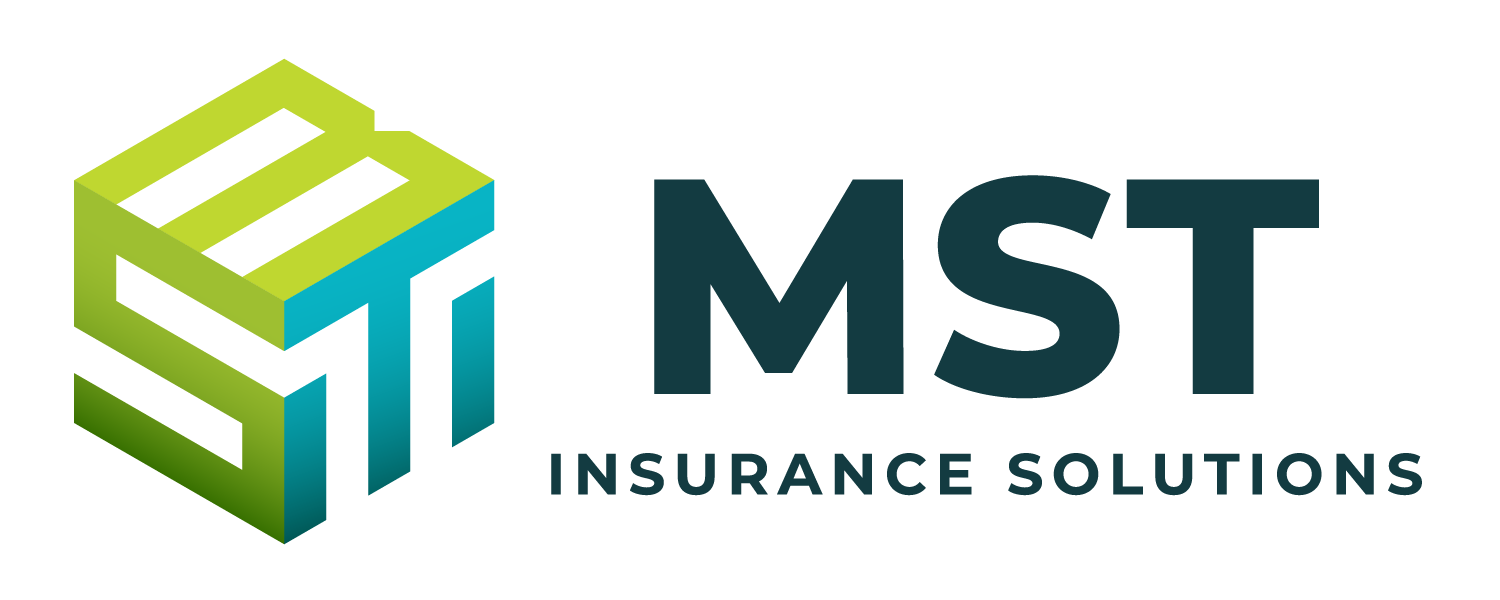In recent years, senior leadership teams have been held increasingly accountable for their organizations’ failures by shareholders, stakeholders and the general public. Specifically, organizations’ diversity and inclusion practices have garnered additional scrutiny.
Certain social initiatives—such as the Black Lives Matter and #MeToo movements—have helped elevate awareness on the importance of promoting diverse representation and adopting effective inclusion measures within the workplace. As such, senior leaders who fail to uphold these practices risk severe reputational damages, potential lawsuits and an increased likelihood of directors and officers liability (D&O) claims.
Keep reading to better understand the ramifications that senior leaders could face from poor diversity and inclusion measures, the latest legislation regarding such measures, and top tips for fostering diversity and inclusion within the workplace.
Consequences of Lacking Diversity and Inclusion in the Workplace
First and foremost, senior leaders who fail to promote diversity and inclusion are missing out on various organizational advantages. By establishing diverse representation and maintaining an inclusive environment, organizations can benefit from unique employee perspectives, a deeper talent pool, increased innovation and boosted workplace morale. In fact, a recent study from McKinsey & Company found that organizations with diverse workforces are 25% more likely to outperform their less diverse counterparts.
Apart from missing out on key organizational benefits, it has become increasingly common for senior leaders to face lawsuits due to poor diversity and inclusion practices—namely, shareholder derivative lawsuits. Such suits entail a shareholder suing specific senior leaders on behalf of an organization for their alleged failures. These lawsuits have stemmed from allegations that senior leaders breached their fiduciary duties by:
Not following through on previously stated commitments related to developing workplace diversity and inclusion initiatives
Misrepresenting the diversity of senior leaders or failing to ensure diverse leadership altogether
Retaliating against individuals who voice workplace diversity and inclusion concerns
Several major U.S. organizations have been impacted by these lawsuits in recent years—including Facebook, Oracle, Gap, Cisco and Pinterest. Such cases carry not only severe reputational damages but also substantial legal and defense costs. Additionally, these lawsuits can lead to D&O claims. As a result, underwriters in the D&O market are expected to ask more questions and seek additional documentation regarding policyholders’ diversity and inclusion practices.
Legislation on Diversity and Inclusion
Over the past few years, both federal and state regulators, as well as a major stock exchange, have developed standards regarding diversity and inclusion expectations for organizations.
At the federal level, the U.S. Securities and Exchange Commission (SEC) released new disclosure requirements in 2018, calling on organizations to be more transparent about the diversity of their senior leadership teams. These requirements ask public organizations to share certain self-identified characteristics of their senior leaders (e.g., gender, race and sexual orientation).
In 2020, the National Association of Securities Dealers Automated Quotations (NASDAQ)—a major stock exchange—submitted a proposal to the SEC, asking for approval of new diversity standards for the senior leadership teams of NASDAQ-listed organizations. The SEC approved NASDAQ’s standards in 2021. These standards, called the “Final Rules,” include the following:
All NASDAQ-listed organizations must either include or publicly share why they have chosen not to include a set number of diverse members on their senior leadership teams. Diverse members must self-identify as belonging to a racial minority population or as female or LGBT. Keep in mind that diverse members may self-identify with one or multiple of these characteristics. The number of diverse members required depends on the size of organizations’ senior leadership teams.
All NASDAQ-listed organizations must disclose annual diversity statistics regarding their senior leadership teams’ selfidentified characteristics.
NASDAQ will provide organizations with complimentary recruiting resources should they require assistance in hiring diverse senior leaders.
Looking ahead, the White House has discussed plans to require all public organizations to disclose both the racial and gender composition of their senior leadership teams within the near future.
At the state level, California passed legislation in 2020 requiring public organizations headquartered in the state to ensure at least one of their senior leaders belongs to an “underrepresented community.” This term refers to any senior leader who identifies as Black, African American, Hispanic, Latino, Asian, Pacific Islander, Native American, Native Hawaiian, Alaska Native or LGBT.
Failure to comply with this legislation could lead to initial fines of $100,000, with subsequent violations resulting in fines of $300,000. States such as Washington and Maryland have also recently implemented diversity-related requirements for organizations. Moving forward, it’s certainly possible for additional states to follow suit.
Best Practices for Promoting Diversity and Inclusion in the Workplace
In order to promote diversity and inclusion among both their senior leadership teams and overall workforces, organizations should consider implementing the following measures:
Take steps to ensure diverse representation within the senior leadership team. Adjust or expand existing leadership positions as needed.
Require the senior leadership team and the remainder of the workforce to participate in routine training on diversity and inclusion topics.
Allocate additional resources toward hiring, mentoring and promoting employees who belong to underrepresented communities. Doing so should provide these employees with further opportunities related to professional development.
Create an annual workplace diversity and inclusion report. This report should provide data regarding the organization’s hiring, advancement and compensation practices for employees who belong to underrepresented communities.
Consider establishing a diversity and inclusion officer or department. This individual or department should be responsible for ensuring the organization not only upholds its diversity and inclusion initiatives but also remains compliant with all applicable federal, state and stock exchange legislation regarding such initiatives.
Keep detailed documentation of all workplace diversity and inclusion initiatives. Be prepared to share this documentation with D&O insurers.
Consult a trusted insurance professional to determine specific D&O coverage needs as it pertains to diversity and inclusion concerns.
For more risk management guidance, contact us today.
For a copy of this notice, click here:Risk Insights – The Impact of Diversity and Inclusion on Management Liability

